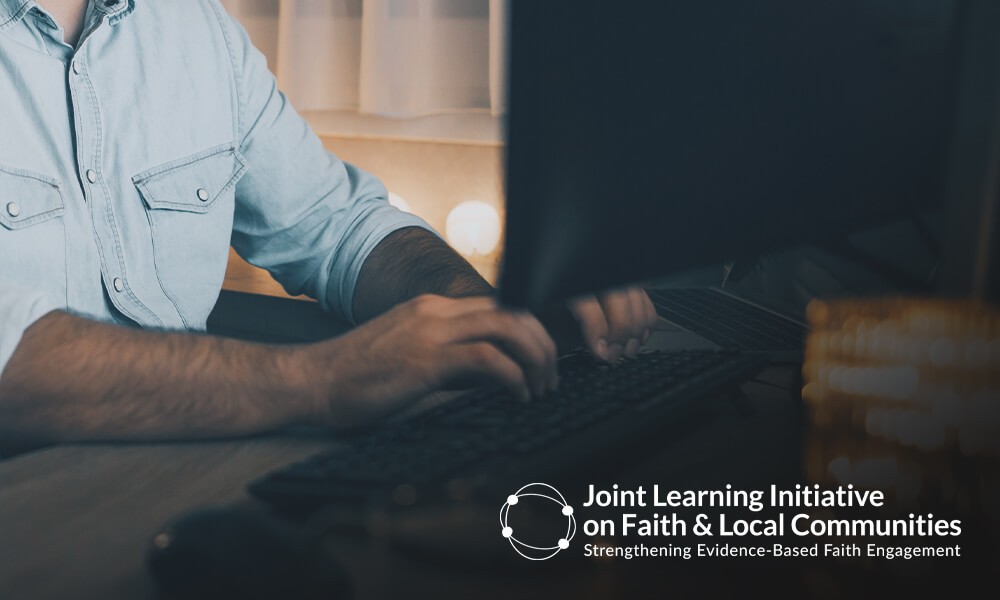Worldwide, there is an increasing trend toward urbanization, a phenomenon that is highly conspicuous in developing countries and in war- and disaster-affected areas.2 The majority of the world’s population now lives in urban areas, which have become home to most of the world’s poor people. Frequently, urban areas have slums, which most governments regard as illegal settlements. Urban slums may include long-term residents and also migrants—typically the rural poor—who come to the city in hopes of improving the economic circumstances of themselves and their children.
Urban slums warrant special concern because over 900 million people worldwide are estimated to live in urban slums. Slum dwellers frequently lack access to clean water, adequate sanitation, sufficient living space, and security in tenure. In Africa, children living in urban slums have higher under-five mortality rates from preventable diseases than do children who are not living in slums.3 Also, people who live in urban slums experience high levels of poverty and have reduced access to the services and the rule of law that other urban populations enjoy.4 A study by the African Population and Health Research Center found that in some Kenyan slums, more than half of children of school going age did not have access to the free education benefits that were available to children not living in slums.5
Despite the global urbanization trend, relatively little is known about child protection in urban areas. 6 Practitioners recognize that urban areas frequently present multiple, interacting risks to children such as family separation, living and working on the streets, sexual exploitation and abuse, HIV and AIDS, violence, being out of school, trafficking, being in conflict with the law, child labor, neglect, substance abuse, and recruitment into armed forces and groups, among others. Less is known, however, about the processes, practices, and mechanisms for responding to and preventing the harm caused by these issues. If little is known about child protection in urban areas, even less is known about child protection in slum areas, which have been invisible to most people.
A significant question in urban slum areas is which mechanisms or processes at community level do people use to protect children, who are defined under international law as people under 18 years of age. Globally, community-based child protection mechanisms (CBCPMs) are front line efforts to protect children from exploitation, abuse, violence, and neglect and to promote children’s well-being.7 CBCPMs are defined broadly to include all groups or networks at grassroots level that respond to and prevent child protection issues and harms to vulnerable children. These may include family supports, peer group supports, and community groups such as women’s groups, religious groups, and youth groups, as well as traditional community processes, government mechanisms, and mechanisms initiated by national and international nongovernmental organizations (NGOs).
———————–
2 WHO & UN-Habitat (2010). 3 African Population and Health Research Center (2002). 4 UN Millennium Project (2005). 5 African Population and Health Research Center (2002). 6 UNHCR (2009) ; UNICEF (2012). 7 Eynon & Lilley(2010); Wessells (2009).

